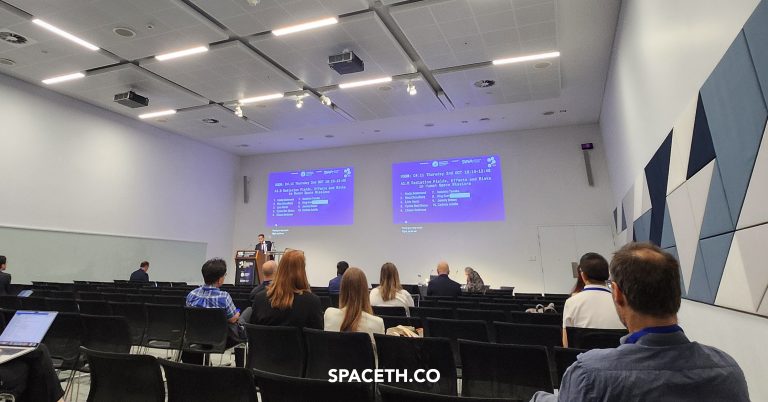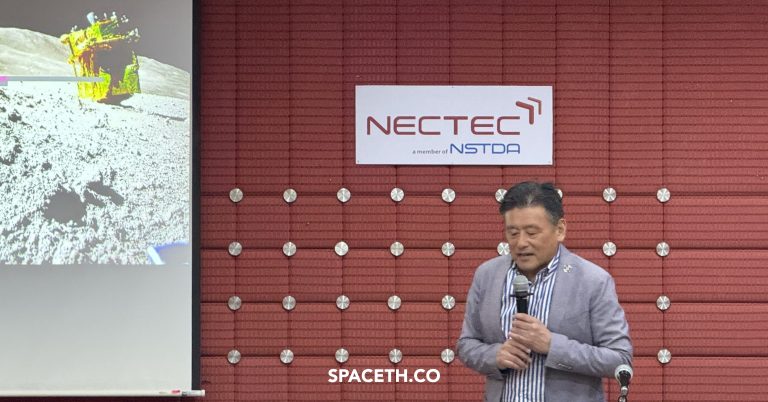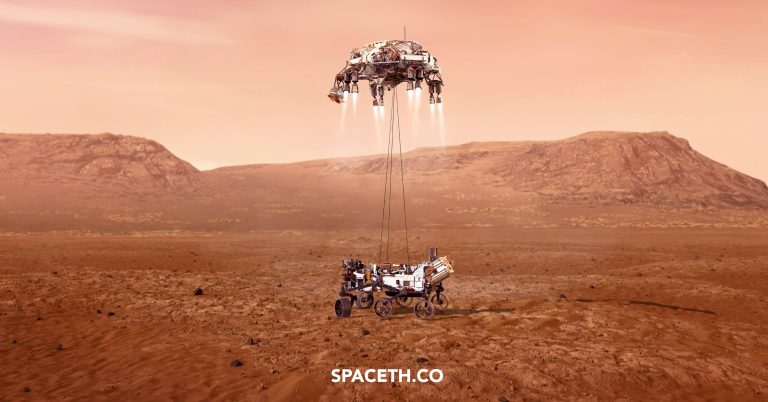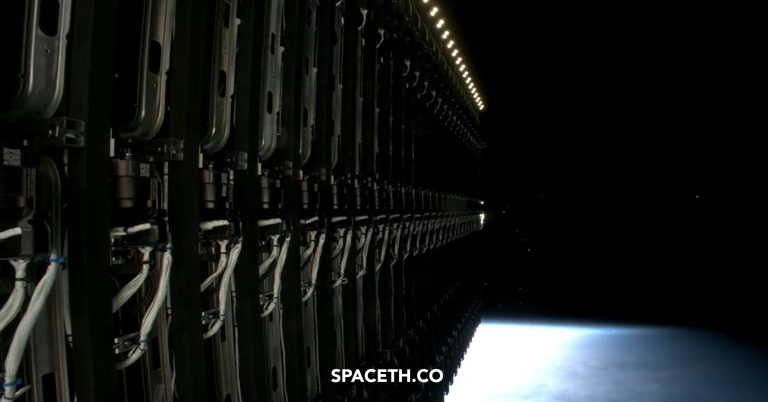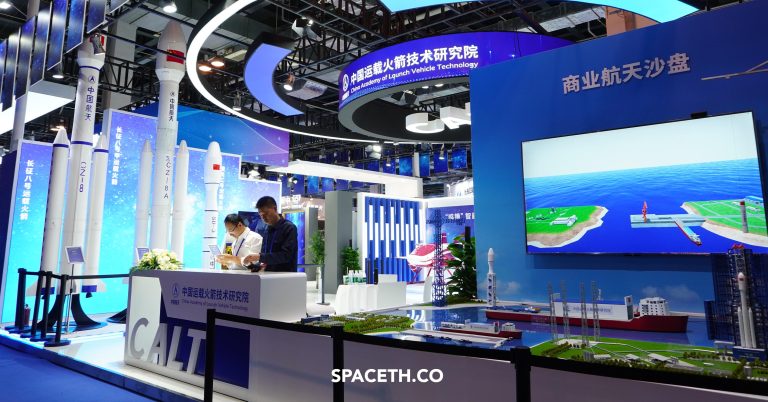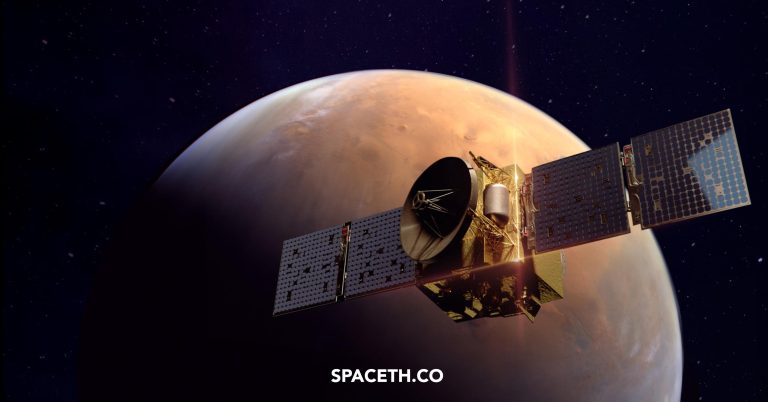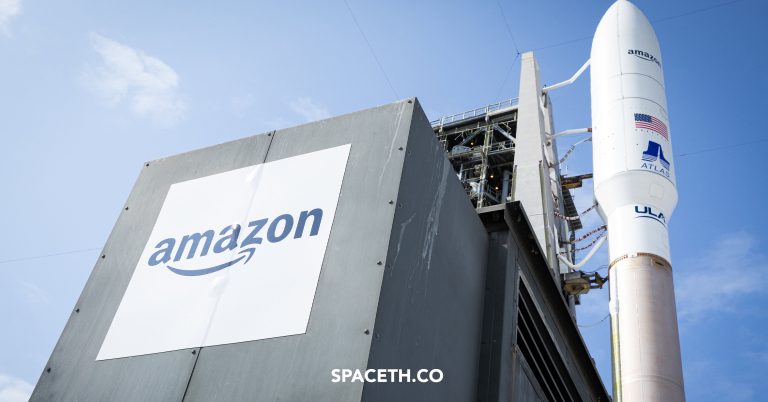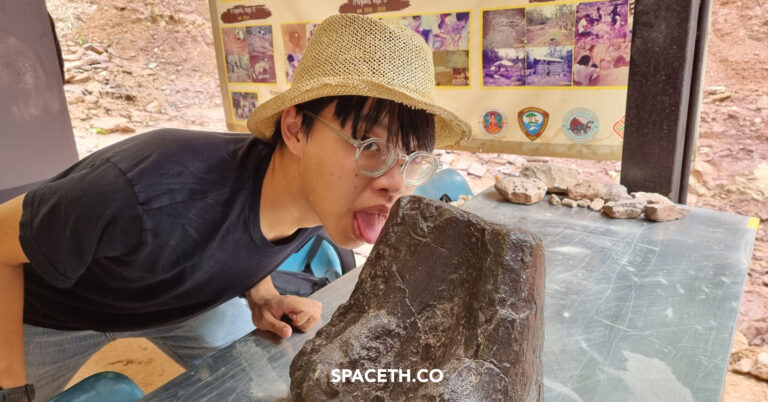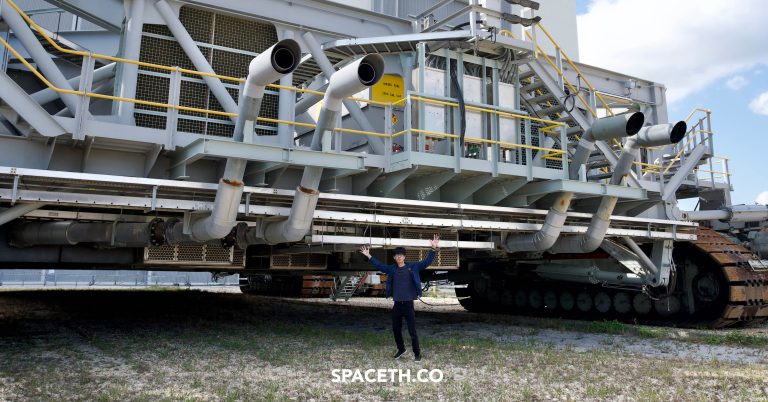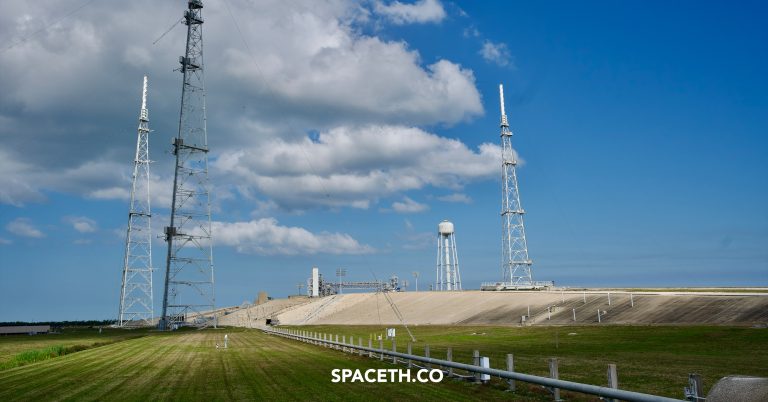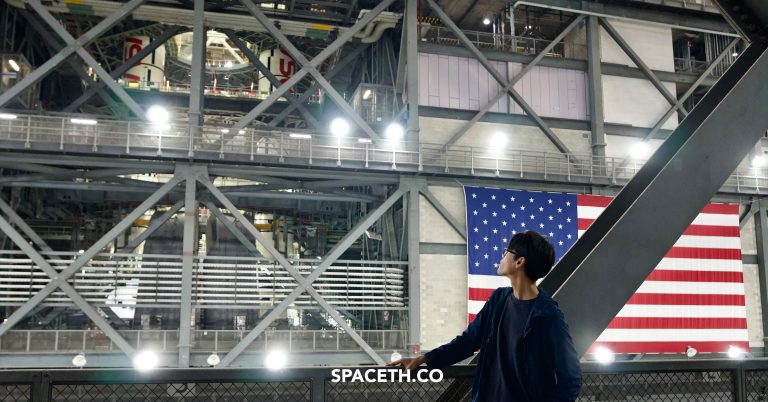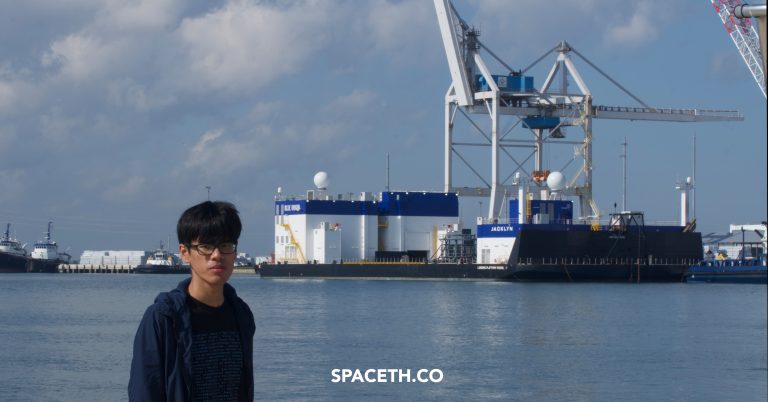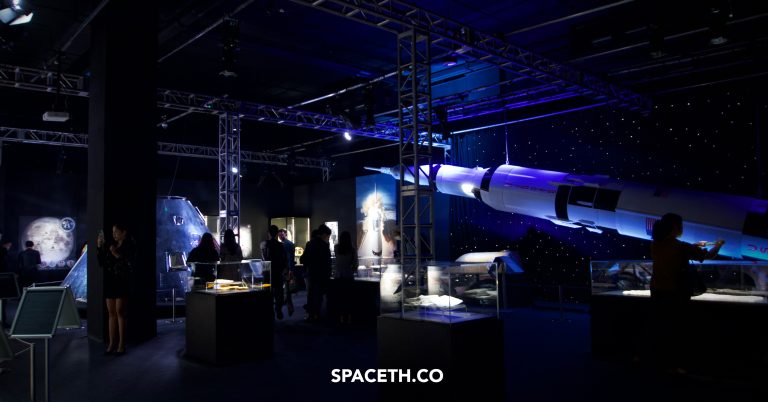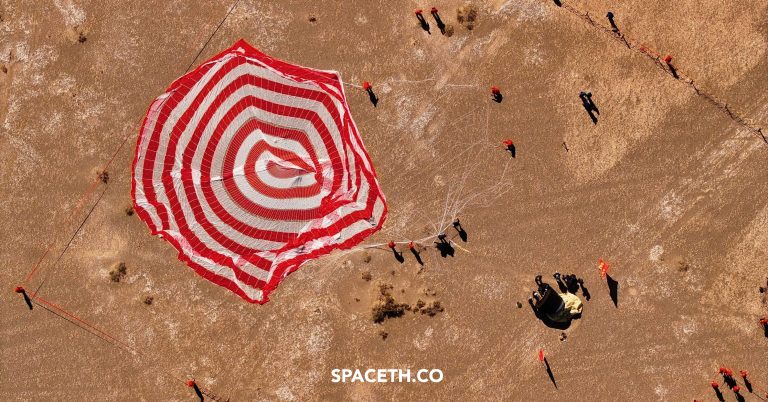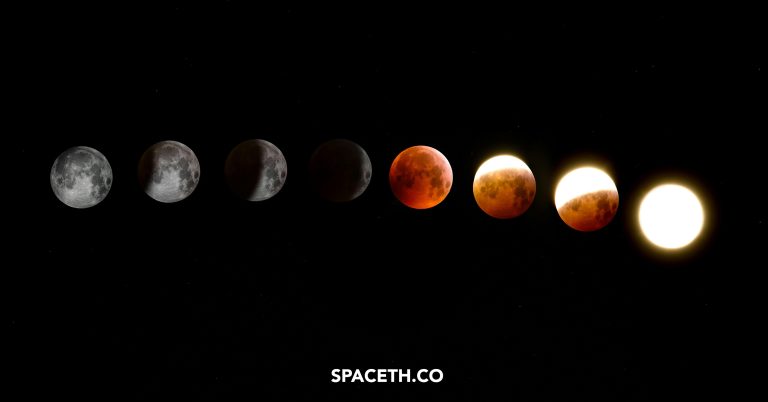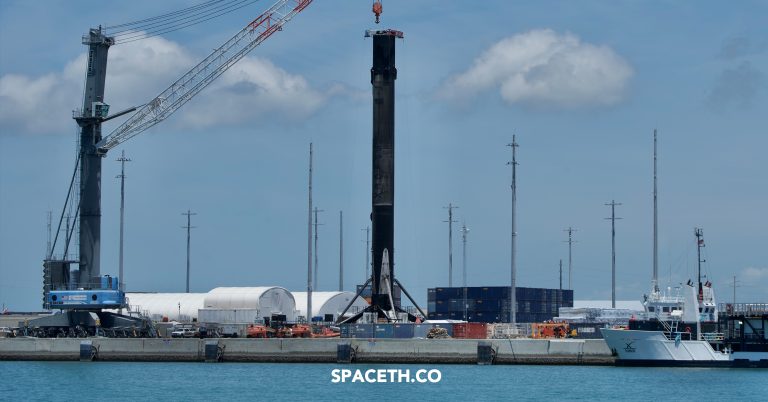Bangkok, Thailand – Thailand has officially signed the Artemis Accords with representatives from the United States Department of State, becoming the 51st nation to join the treaty. Earlier in April, Thailand also signed the International Lunar Research Station (ILRS) Memorandum of Understanding with China. This makes Thailand the first nation to sign both agreements as a state.
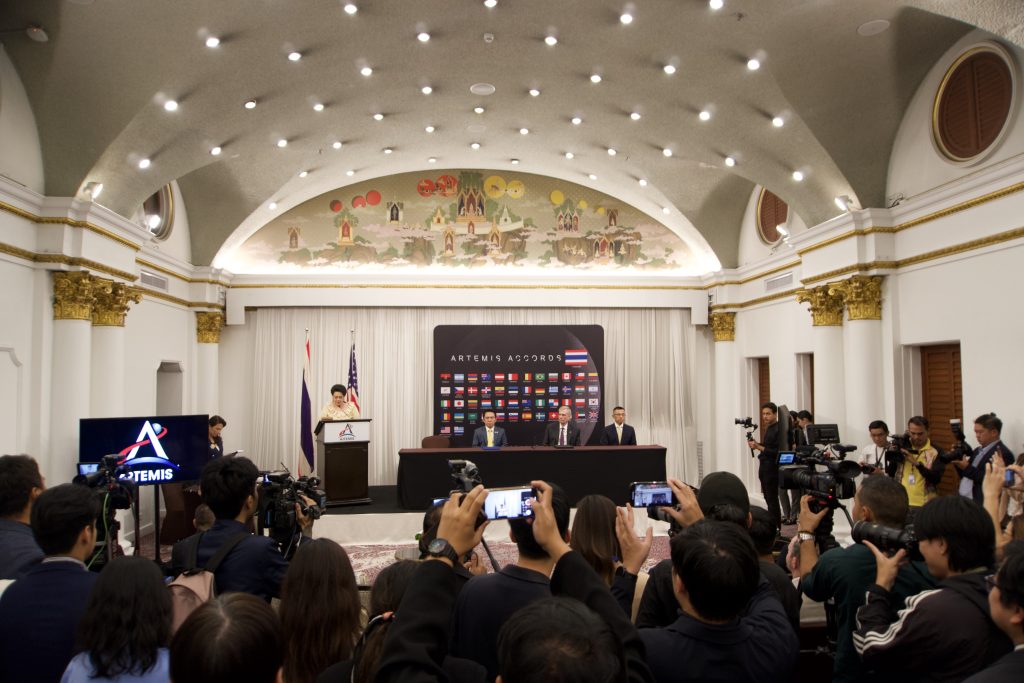
On Monday, December 16th, 2024, at the Anantara Siam Bangkok Hotel in the heart of Bangkok, a signing ceremony was held, attended by invited guests, scientists, journalists, and space policymakers from across the country. The four key representatives present on stage were:
- Supamas Isarabhakdi, Minister of Higher Education, Science, Research and Innovation
- Pakorn Apaphant, Executive Director of the Geo-Informatics and Space Technology Development Agency (GISTDA)
- Robert F. Godec, U.S. Ambassador to Thailand, representing the U.S. Department of State
- General Suwat Changyotsuk, Chairman of the Board of GISTDA
Although no NASA representatives were present at the ceremony, NASA Administrator Bill Nelson sent a greeting video, highlighting the long-standing partnership between the United States and Thailand, which dates back to the Treaty of Amity and Commerce—America’s first formal agreement in the region.
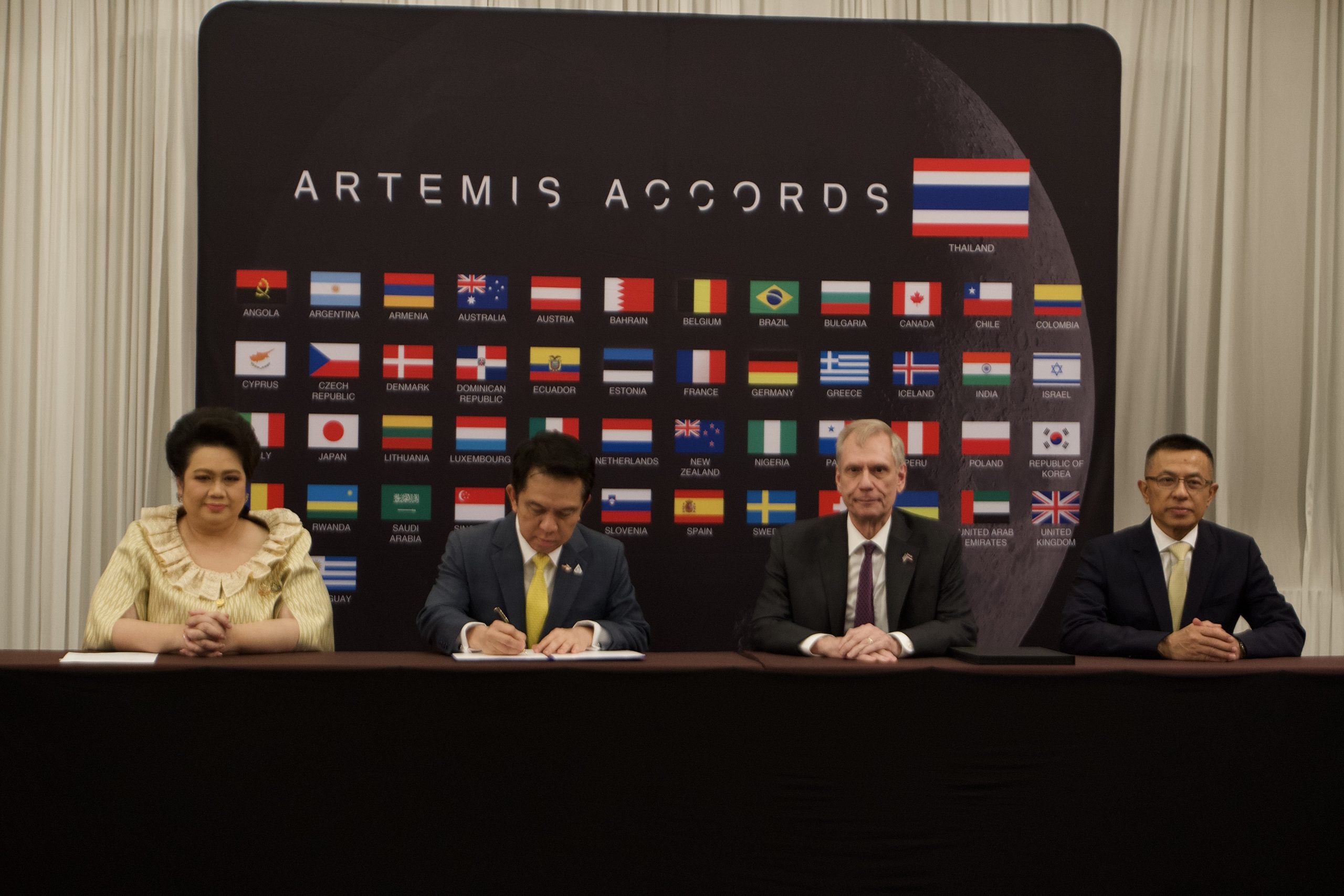
GISTDA, known locally in Thailand, is serving as the primary point of contact for collaboration between Thailand and international partners on the Artemis Program. However, Thailand currently has no direct collaboration with NASA, often working instead through the Japan Aerospace Exploration Agency (JAXA). This includes partnerships related to the International Space Station program.
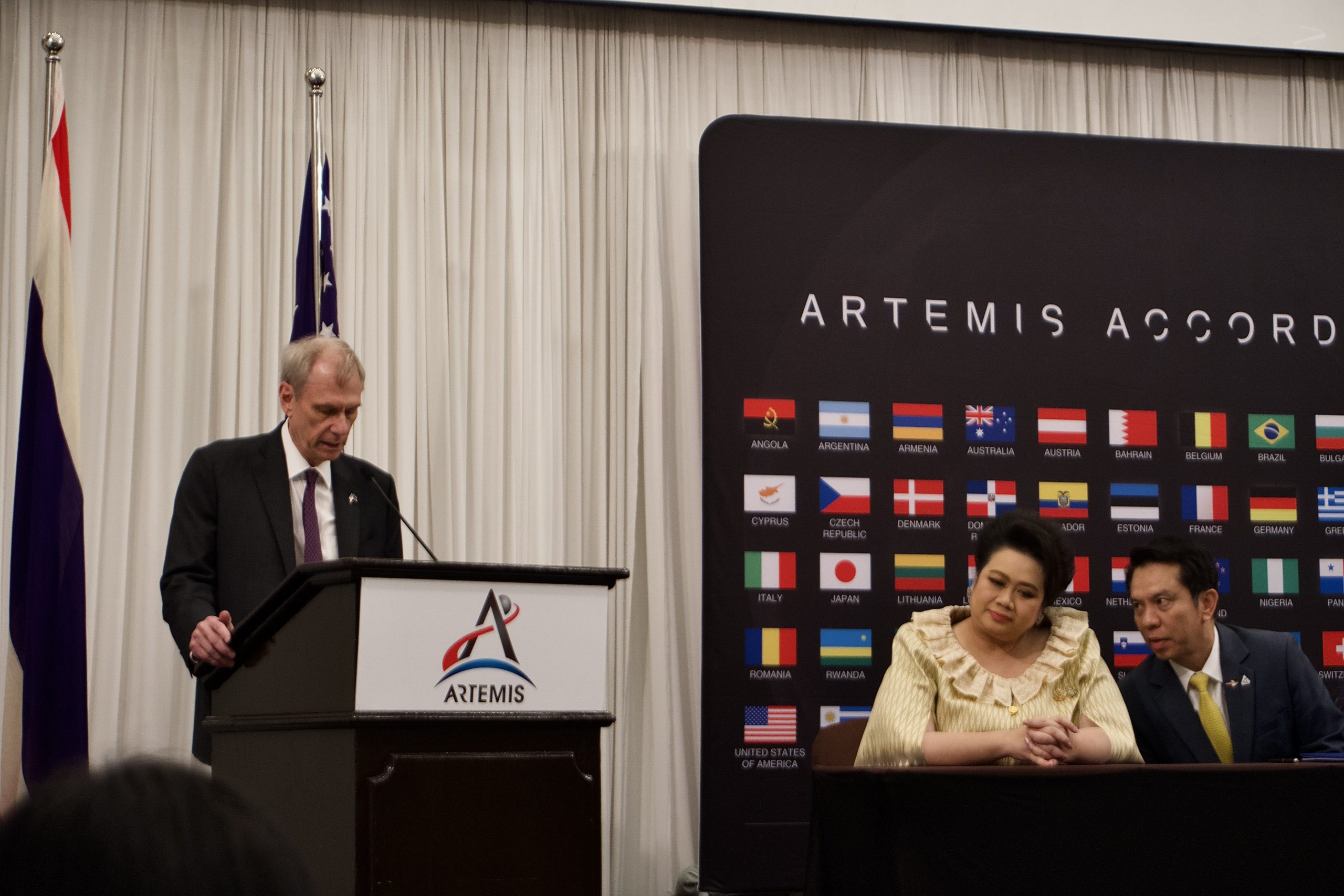
Thailand’s signing of the Artemis Accords comes eight months after it signed the ILRS Memorandum of Understanding with China, during a visit to Beijing by Minister Supamas Isarabhakdi and Princess Maha Chakri Sirindhorn. High-profile officials have assured Spaceth that this dual-diplomatic approach raises no significant concerns and will instead elevate Thailand’s role in space exploration, increase accessibility to space, and promote public engagement and space democratization.
While Thailand currently has no plans to directly contribute to the Artemis Program, the nation is actively developing multiple scientific instruments slated to fly aboard China’s Chang’e 7 spacecraft and the Chang’e 8 lunar lander. This collaboration with China is led by the National Astronomical Research Institute of Thailand (NARIT), which operates separately from GISTDA, the focal point for Artemis-related activities.
The Director of NARIT confirmed to Spaceth that the first payload under the ILRS collaboration is scheduled for delivery to China by 2025. Additionally, NARIT is negotiating with China to send Thailand’s first Lunar Pathfinder spacecraft as a secondary payload into lunar orbit in the coming years.
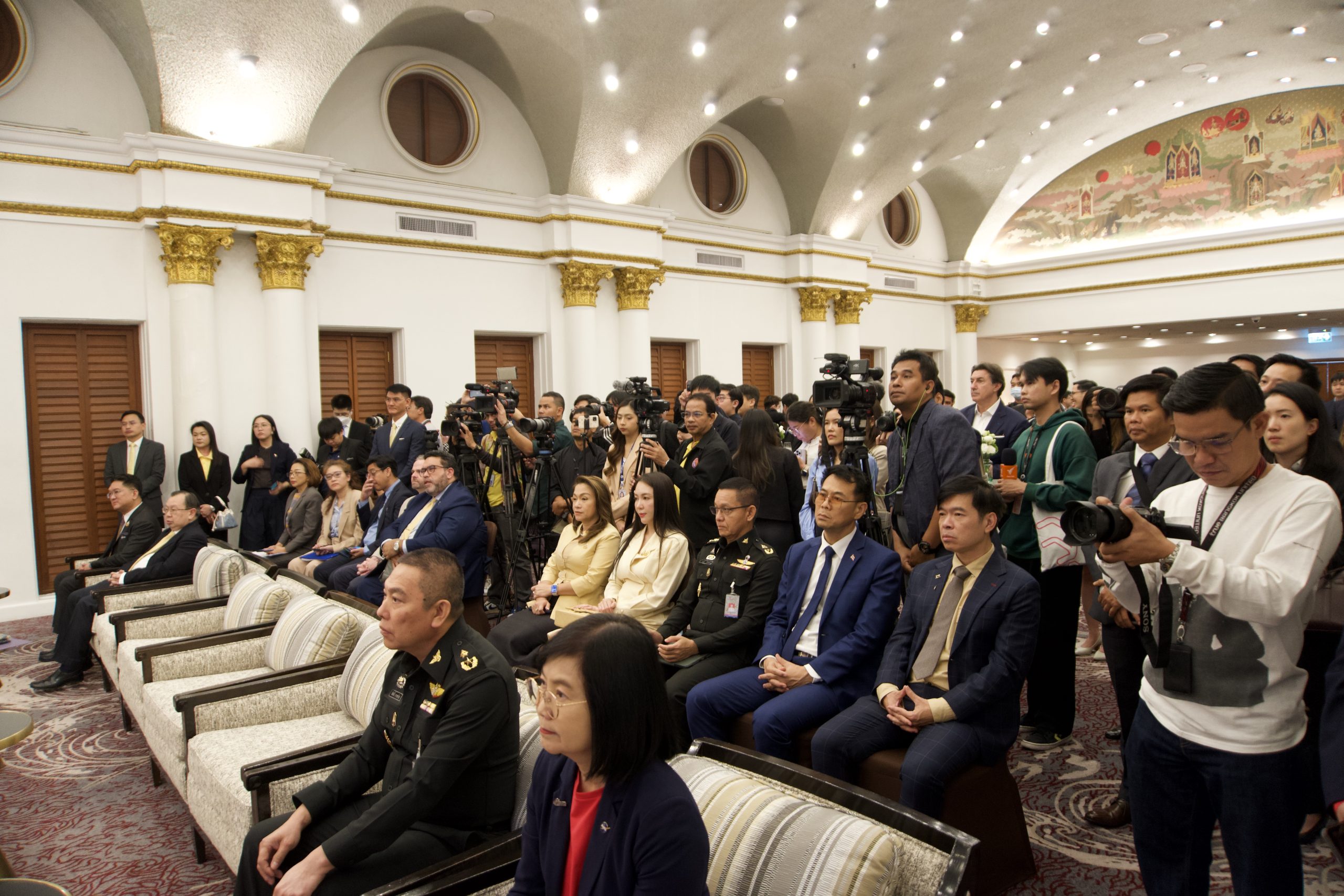
When asked by local space journalist Kornthong Wiriyasawetkul from The Standard about potential conflicts between the two spacefaring nations, the minister declined to provide a direct answer, stating instead that there are future plans to study the matter. This response did not address the original question.
While Spaceth is an independent media organization, we still received many unclear answers regarding Thailand’s collaboration with the Artemis Program. Space journalism in Thailand operates under significant constraints, and we have received several requests from government agencies to take down some of our reports.
From our perspective, Thailand’s space development has shown significant potential in recent years. Led by both NARIT and GISTDA, the country has launched multiple satellites, including THEOS-2, developed by Airbus Space and launched aboard a Vega rocket in late 2023. Following this, the smaller THEOS-2A satellite will be launched to demonstrate Thailand’s satellite-building capabilities, supported by Airbus as part of the THEOS-2 development program. Additionally, NARIT is preparing to launch a 3U technology demonstration satellite aimed at paving the way for future lunar missions.
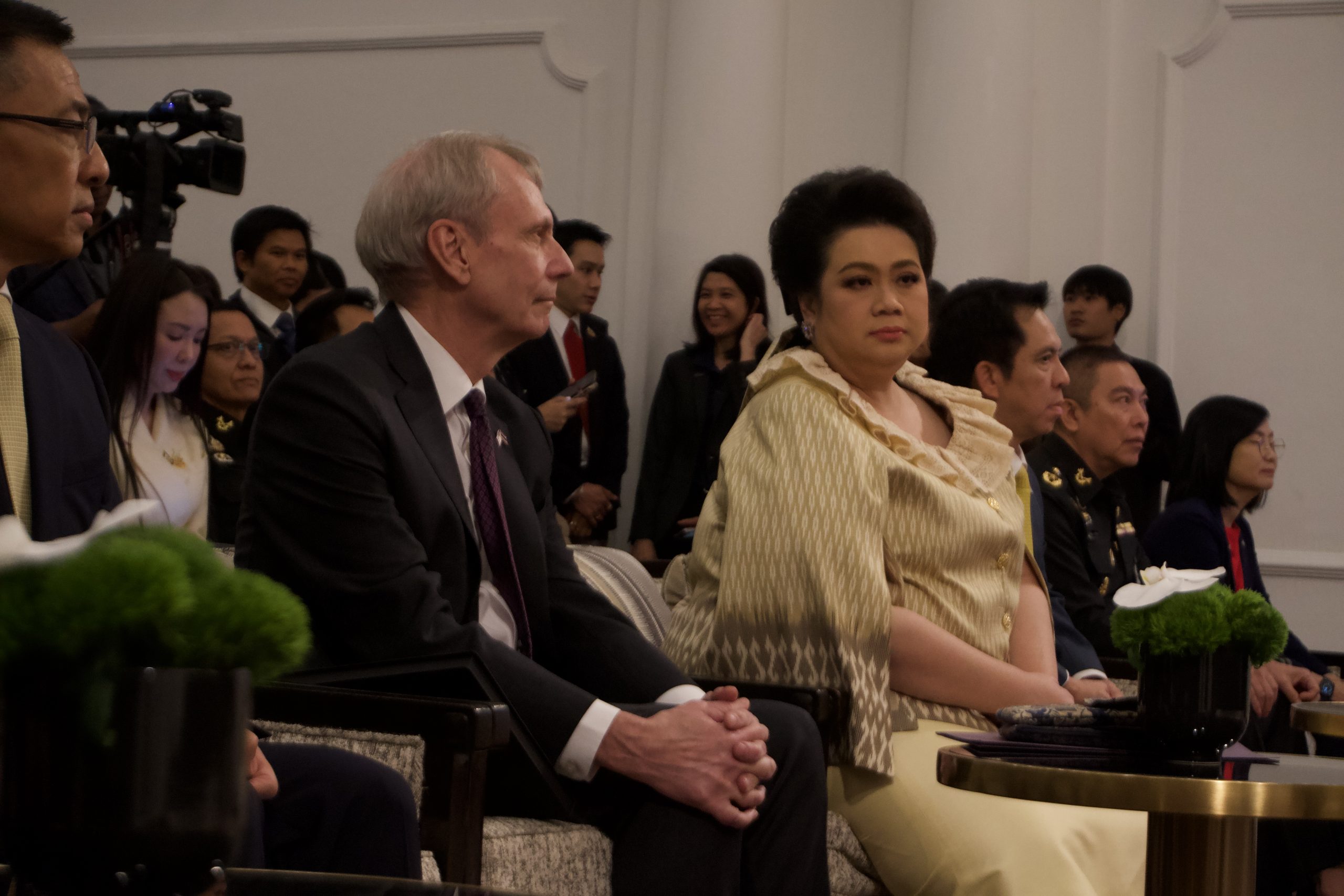
Together, these two distinguished space organizations have formed a consortium to share technology and expertise, working toward launching Thailand’s first lunar orbiter by 2030. This however has no direct connect to the Artemis Program with NASA and International partners.
Thailand’s signing of both the Artemis Accords and the ILRS represents a major step forward in its expanding space ambitions. As the country strengthens its role in the global space community, its collaborations with international partners and ongoing development of space technologies pave the way for exciting advancements. With a growing presence in space exploration, Thailand is poised to play an increasingly important role in shaping the future of space exploration and innovation.
More photos and videos are available on our Flickr
